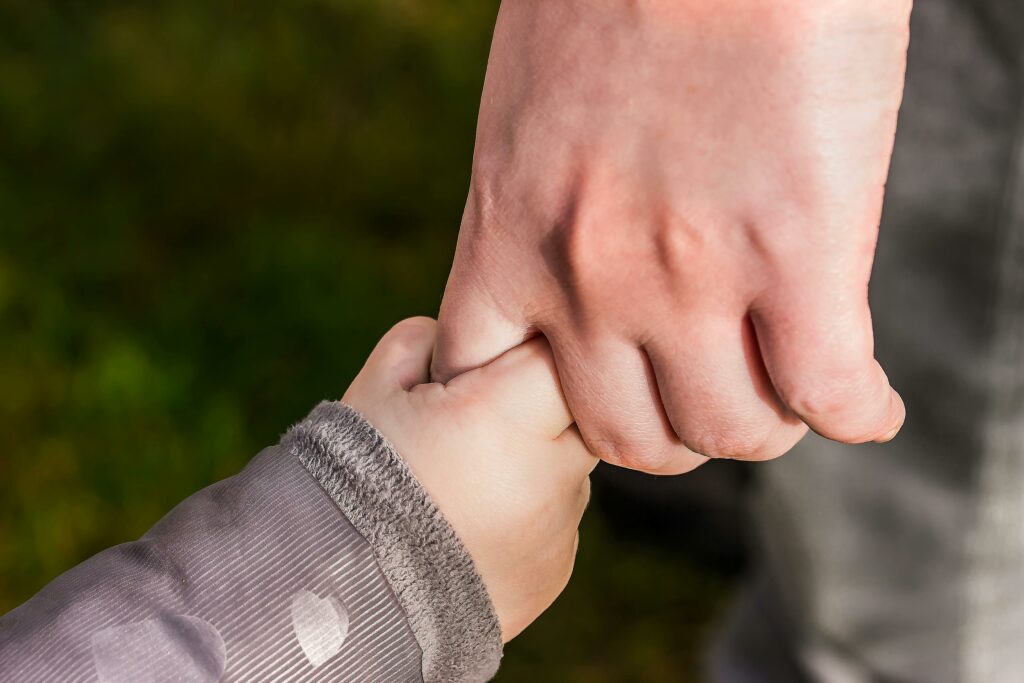Tips for Stressed Preschoolers & August Newsletter
go.ncsu.edu/readext?1014804
en Español / em Português
El inglés es el idioma de control de esta página. En la medida en que haya algún conflicto entre la traducción al inglés y la traducción, el inglés prevalece.
Al hacer clic en el enlace de traducción se activa un servicio de traducción gratuito para convertir la página al español. Al igual que con cualquier traducción por Internet, la conversión no es sensible al contexto y puede que no traduzca el texto en su significado original. NC State Extension no garantiza la exactitud del texto traducido. Por favor, tenga en cuenta que algunas aplicaciones y/o servicios pueden no funcionar como se espera cuando se traducen.
Português
Inglês é o idioma de controle desta página. Na medida que haja algum conflito entre o texto original em Inglês e a tradução, o Inglês prevalece.
Ao clicar no link de tradução, um serviço gratuito de tradução será ativado para converter a página para o Português. Como em qualquer tradução pela internet, a conversão não é sensivel ao contexto e pode não ocorrer a tradução para o significado orginal. O serviço de Extensão da Carolina do Norte (NC State Extension) não garante a exatidão do texto traduzido. Por favor, observe que algumas funções ou serviços podem não funcionar como esperado após a tradução.
English
English is the controlling language of this page. To the extent there is any conflict between the English text and the translation, English controls.
Clicking on the translation link activates a free translation service to convert the page to Spanish. As with any Internet translation, the conversion is not context-sensitive and may not translate the text to its original meaning. NC State Extension does not guarantee the accuracy of the translated text. Please note that some applications and/or services may not function as expected when translated.
Collapse ▲Stress Relief for Preschoolers

Young children are often overlooked when it comes to stress management. However, they can experience stress in their lives due to various factors. These factors could include school, friendships, life events, or even changes in regular routines. Children may show signs of stress through changes in behavior, crying, worry, and even headaches. Every child is different, so they may not have the same reactions.
There are a variety of stress management techniques you can use to teach your child how to cope with and manage stress. Sometimes children just need someone to listen. You can use stories, life events, or just conversation to discuss stressful situations with your child. Give them the opportunity to share and show them that you are listening. This provides an opportunity to do things like give advice or show solutions they may use to solve their problems.
Some examples of activities you can try include:
-
Deep breathing techniques
- When taking shallow breaths (such as when you are stressed) your lungs do not fully expand. These short, shallow breaths can make you feel anxious. Deep breathing allows the lungs to fully expand and take in oxygen. It promotes calmness as it slows your heart beat and lowers blood pressure. Teach your child how to breathe deeply (also called belly breathing) while making their belly expand like a balloon. Model how to count to 4 as you inhale deeply and again as you exhale. If your child does not yet know how to count to four, you can help them count.
-
Physical activities
- Physical activity such as going for a walk, playing tag, or other forms of movement are another great stress buster. Exercise lowers cortisol and other stress hormones while triggering the release of endorphins that help you stay relaxed. Try going to the playground, playing games like tag, or other activities that get your child moving.
-
Sensory Play
- Sensory bins have become very popular lately. The idea is that the child is more focused on their senses and is better able to regulate their feelings. Ideas for sensory bins could be a container of sand or rice that has little toys or treasures hidden inside. It could also be a bin filled with various colors of beads that children can scoop into little containers or string onto colored pipe cleaners. Of course, sensory play can happen without bins. You might do an activity like making slime or cutting shapes out of play dough.
-
Outdoor activities
- There is something to say about a change in scenery. If the weather and outdoor conditions allow for it, try doing an activity outdoors. This could be as simple as sitting outside and listening to the sounds nearby. It could be going on a scavenger hunt or a hike through a nature trail.
For more on parenting tips, building social skills, and games/activities, check out the Growing Together August Newsletter for parents of young children. The last page includes a calendar of activities to try this month.
References:
- Relaxation techniques: Breath control helps quell errant stress response. Harvard Health. (2020, July 6).
- Exercising to relax – harvard health publishing. Harvard Health. (2020a, July 7).




